TIFF File Format Explained: Uses, Benefits, and When to Avoid It
There’s often a bit of confusion when someone mentions a TIFF file. You might’ve encountered one while saving a photo or downloading an image from a website, only to find it doesn’t behave like a typical JPEG or PNG. So, what exactly is TIFF, and why does it matter?
Simply put, TIFF (short for Tagged Image File Format) is a type of image file designed to retain as much detail as possible. Unlike JPEGs that lose data each time they’re saved or compressed, TIFFs preserve everything. That’s a significant reason why they’re commonly used in photography, design, printing, and scanning—fields where maintaining quality is paramount.
Let’s break it down.
What Makes TIFF Different from Other Image Formats?
There are several image formats, each with its strengths. JPEG is small and web-friendly, while PNG supports transparency. But TIFF? It’s the go-to format when quality is non-negotiable.
Lossless Compression
One of the main features of TIFF is its ability to use lossless compression. This means you can reduce the file size a bit without losing any image data. Some TIFFs are uncompressed, resulting in massive file sizes and the best possible image quality.
Multi-layer and Multi-page Support
Another lesser-known aspect is that TIFF files can contain multiple layers or even pages in a single file. This is handy in design workflows or when scanning documents, where each page stays grouped in one neat file.
Color Depth and Detail
TIFF can store images with a much higher bit depth compared to formats like JPEG. This means you get more color information and finer gradients—something photographers and editors care about, especially when working with RAW images from cameras.
Cross-platform Compatibility
Despite being advanced, TIFF files are widely supported across both Windows and macOS, as well as editing software like Photoshop, Lightroom, and even basic tools like Preview on Mac.
Where TIFF Files Show Up Most Often

You don’t usually encounter TIFF files when browsing or sharing photos with friends. They are more common in professional settings—where quality trumps convenience.
In Photography and Editing
Photographers often use TIFFs when exporting edited images from RAW files. The reason is simple: they don’t want to lose any of the hard-earned details captured in the original shot. TIFF allows them to save their edits in a format that retains everything sharp, clean, and full of color data.
In Printing
Printing services often request TIFF files, especially for brochures, posters, or any print materials where every dot counts. Printers can fully utilize the high resolution and rich color profiles in TIFF files, ensuring the screen matches what comes out on paper.
In Scanning
When scanning important documents—especially legal or archival materials—TIFF is the format of choice. It can store high-resolution scans and is less likely to degrade over time with repeated saving.
In Design and Publishing
Graphic designers rely on TIFF when working on layouts for books, magazines, or packaging. The format supports layers and transparency, giving designers the freedom to keep their files editable for as long as needed.
Downsides of TIFF You Should Know
While TIFF is loaded with benefits, it’s not always the right choice. It’s good to be aware of its limitations, especially if you’re considering using it for casual or everyday tasks.
File Size Can Be Huge
This is probably the biggest drawback. Since TIFF files retain all extra image data, they can be much larger than JPEG or PNG. This makes them slower to open, save, upload, or share.
Not Ideal for the Web
Web browsers don’t display TIFFs natively, meaning if you upload a TIFF file to a website, most people won’t be able to view it without downloading it first. That’s why JPEG and PNG remain the standard choices for anything online.
May Be Overkill for Everyday Use
If you’re just sharing vacation photos or uploading something to social media, TIFF is likely too much. JPEG is better suited for those cases because of its smaller size and decent enough quality.
Converting and Working with TIFF Files
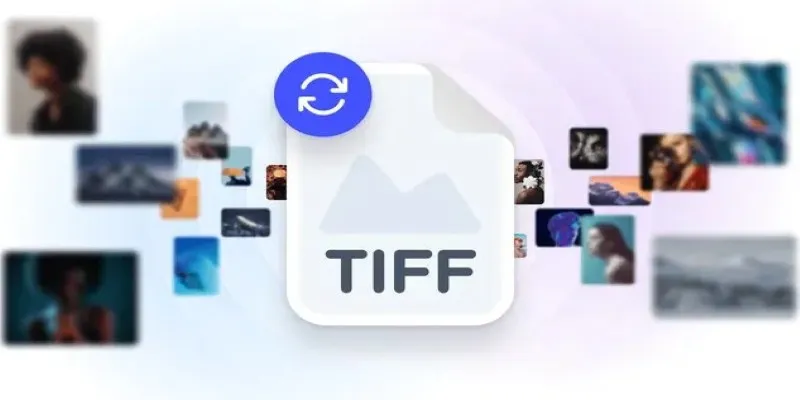
If you have a TIFF file and need to work with it, most photo editing tools will open it without any fuss. Whether you’re using Photoshop, GIMP, or something more basic, support for TIFF is usually built-in.
Want to Convert a TIFF to JPEG or PNG?
That’s simple enough. Most image viewers and editors allow you to open the TIFF and then save it in another format. Just keep in mind that converting to JPEG will compress the image and drop some of the quality. So, if you’re editing, keep the original TIFF and export copies in smaller formats when needed.
Preserve Your Edits
If you’re working on a big project and making lots of changes to an image, save it as a TIFF during the editing process. Once you’re happy with the result, you can always export it to a smaller format to share or publish.
Scanning Tips
When scanning photos or documents, you might be given the option to save in TIFF. Opt for it if you’re archiving or plan to edit the scan later. But if you just need a quick copy, PDF or JPEG may be more practical.
In Closing
TIFF isn’t the kind of file you use every day unless you’re in a field that demands high-quality images or precise printing. But knowing what it is, what it’s good at, and when to use it can save you a lot of time and trouble—especially when quality really matters.
So, next time someone sends you a TIFF, and you’re wondering why it’s not opening like a regular photo, you’ll know it’s because it’s working harder behind the scenes, keeping every pixel exactly as it should be.
Related Articles
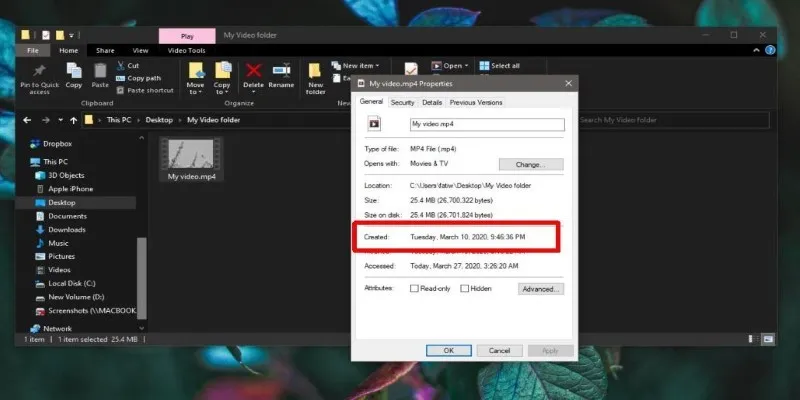
The Ultimate Guide to Changing Creation Dates for Files on Windows

Best DAV File Players to Watch Encrypted Videos on Your PC
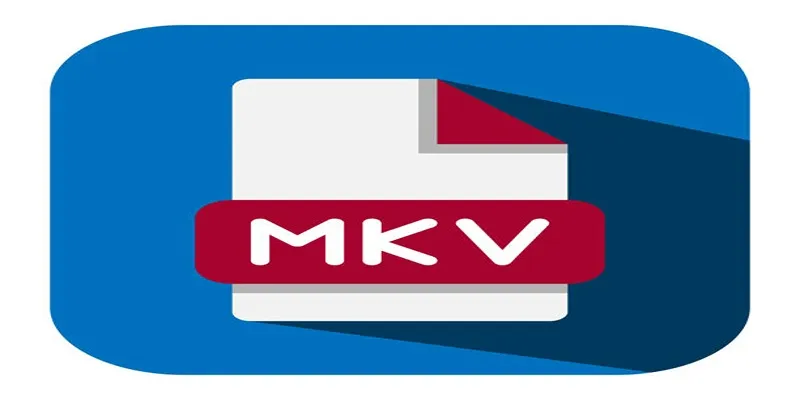
Top Reasons for MKV File Corruption and How to Resolve Them

The Beginner’s Guide to Changing WAV Files into MP3 Format

The Beginner’s Guide to Changing WAV Files into MP3 Format
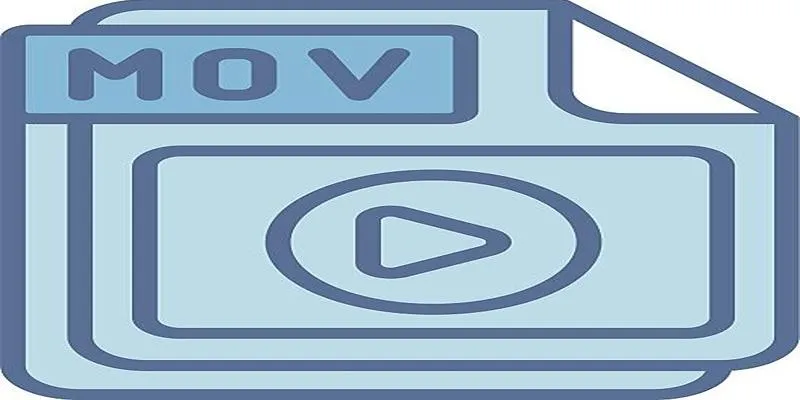
Should You Use MOV or MP4? Key Differences You Should Know
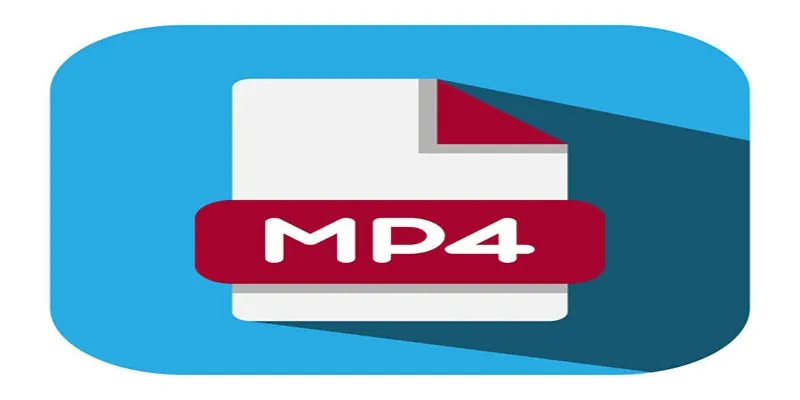
Choosing Between MP3 and MP4: A Guide to Quality and File Size
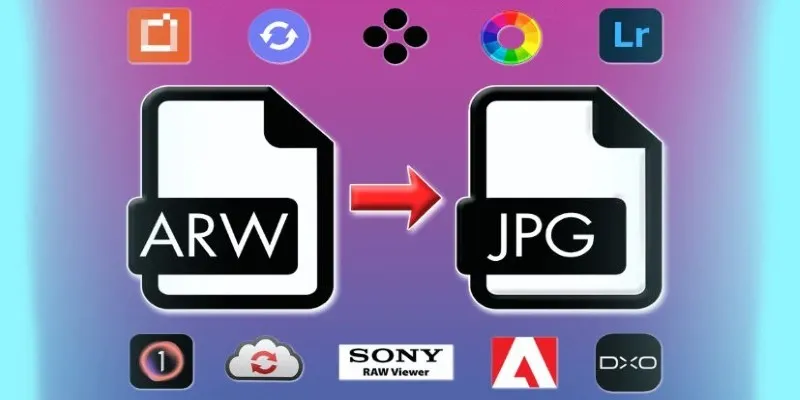
How to Effectively Convert ARW to JPG: 3 Methods You Need to Know

Everything You Need to Know About Converting to MP4

Effortless AVCHD to MP4 Conversion Without Losing Quality
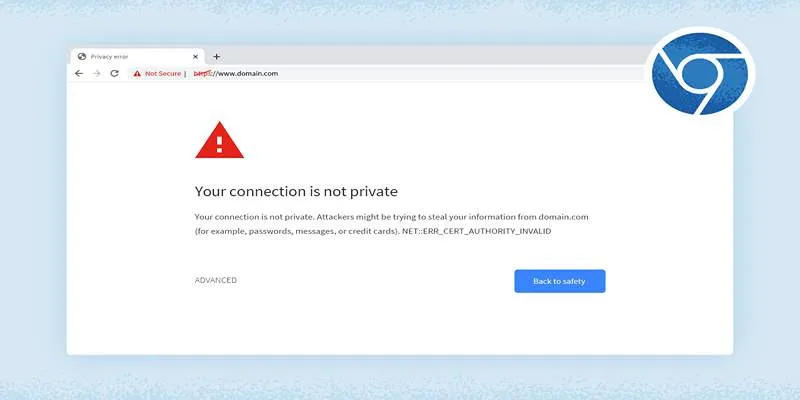
How to Resolve 'Your Connection Is Not Private' Errors Securely

The Best Team Collaboration Tools in 2025: Revolutionize Your Workflow
Popular Articles

Free Online Screen Recorders with Simple and Fast Export Options
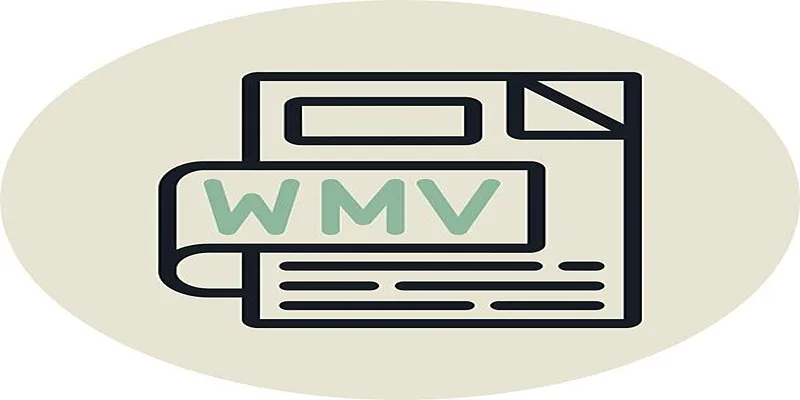
Step-by-Step Guide to Converting M2TS to WMV Easily

Enhance Customer Engagement Anywhere with Respond.io

8 Easy DVD to MP4 Converters for Everyday Users

Transform Your Screen: Best Free HD Wallpaper Tools for Mobile and Desktop
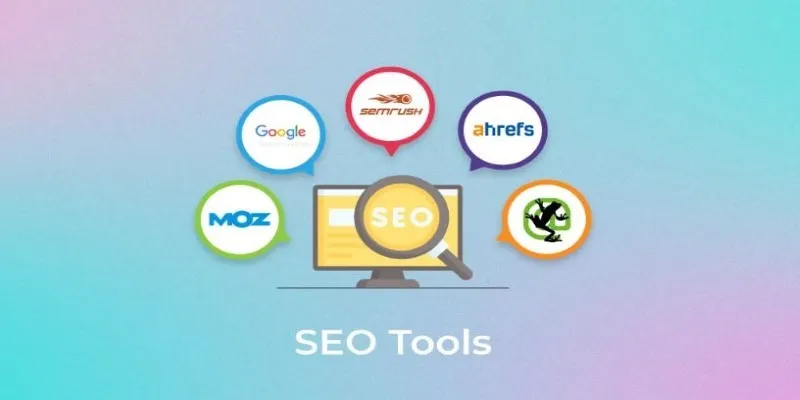
Ahrefs, SEMrush, and More: Essential SEO Tools for Success
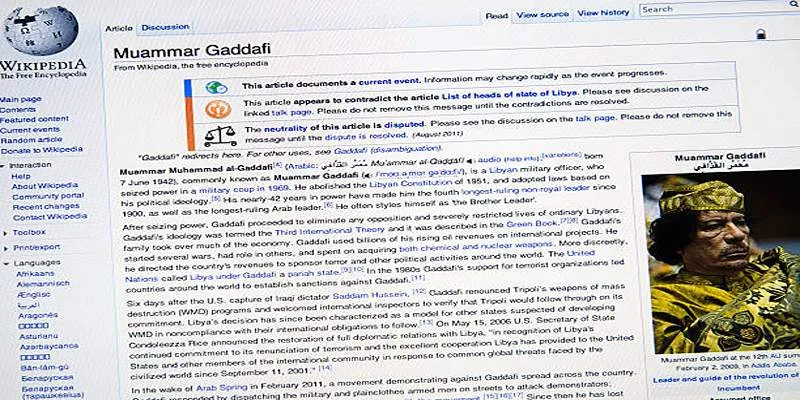
Step-by-Step Guide to Linking Specific Paragraphs in WordPress Posts

8+ Cool jQuery Plugins for WordPress to Supercharge Your Website

The 8 Best Zoom Alternatives in 2025: Top Picks for Seamless Communication
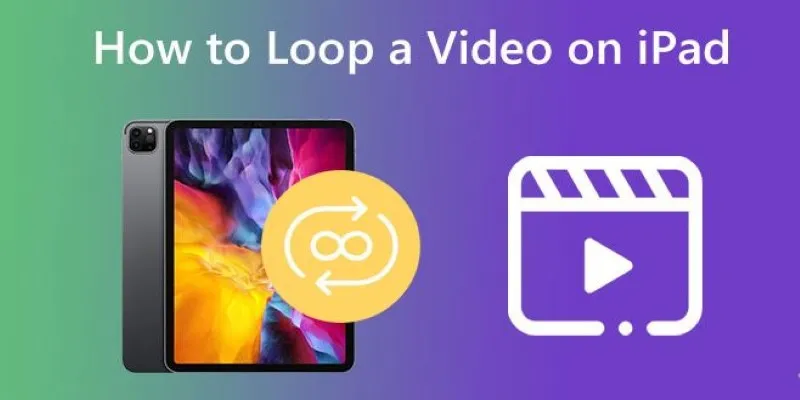
Looping Videos on iPad Without Wi-Fi or Workarounds
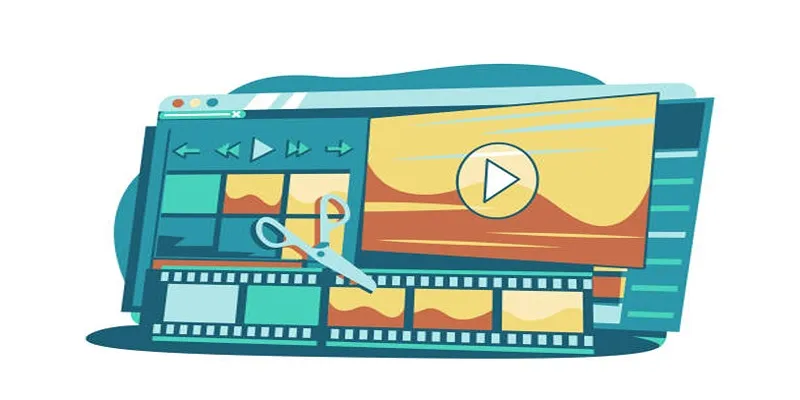
5 Best Online Tools to Replace Windows Movie Maker

 mww2
mww2